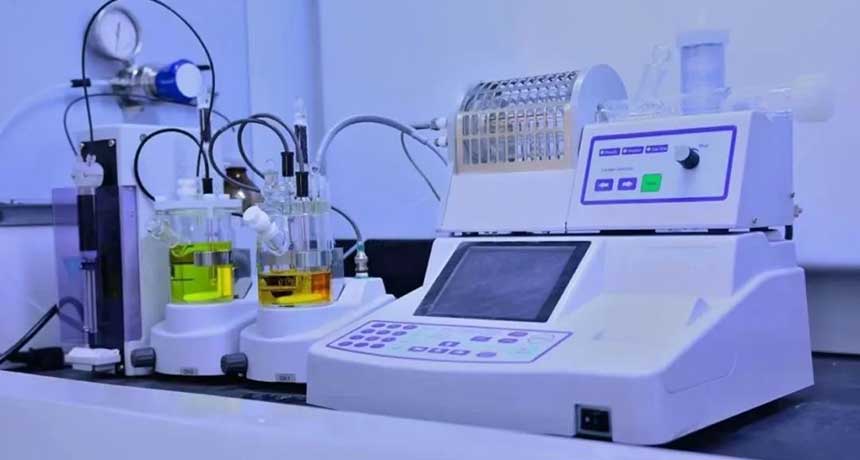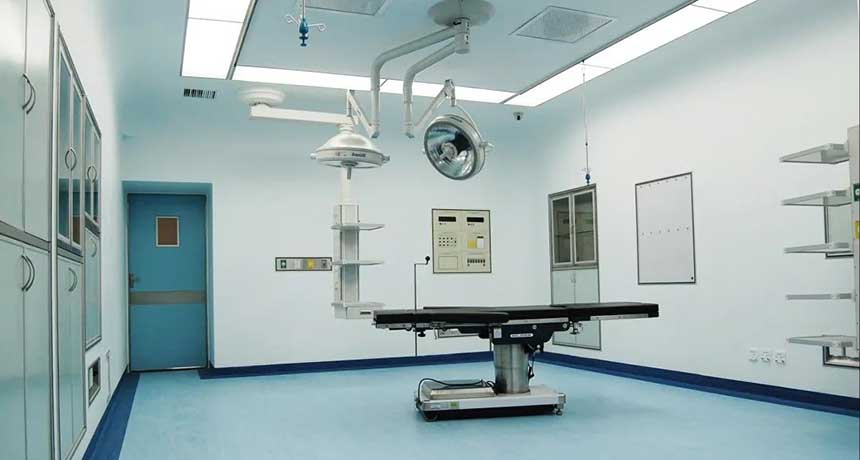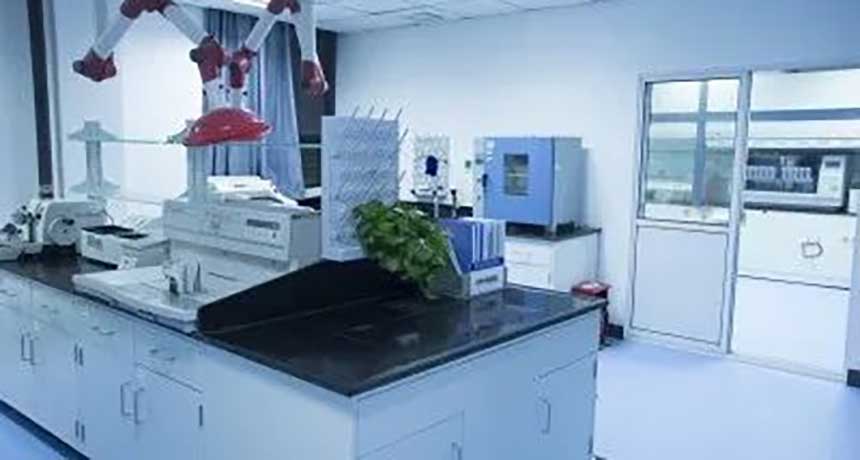Non-invasive ventilators can be divided into single-level and bi-level
ventilators.
The single-level ventilator provides a constant pressure working mode when the patient inhales and exhales. This constant pressure supports the upper airway, allowing the patient's upper airway to remain continuously open during sleep, avoiding collapse and reducing sleep apnea. happened. Single-level ventilators are mainly used for most patients with snoring and sleep apnea syndrome.
The bilevel ventilator provides two different pressures. It provides a higher pressure to keep the airway open when inhaling, and a lower pressure to avoid the collapse of the airway when exhaling, forming two pressure levels that work alternately, so that The patient's ventilatory function improved, i.e. the ventilator in bilevel ST mode. Not only suitable for patients with obstructive sleep apnea syndrome, but also for patients with chronic obstructive pulmonary disease.
The use of a non-invasive ventilator does not just require knowing the mode selection and parameter adjustment. The details in clinical application are often the key factors in the success or failure of treatment. However, in clinical practice, these details are ignored or there are some misunderstandings in use. Misunderstandings and details are not correctly understood and taken into account, which may lead to failure to achieve the therapeutic effect and accelerate the deterioration of the condition.
Today I will show you some common misunderstandings and precautions that must be avoided in the use of non-invasive ventilators.
How much do you know about misunderstandings about using home ventilators?
1. Ventilators are used by critically ill patients
Many patients and their families believe that ventilators are not necessary unless absolutely necessary. Non-invasive ventilators are mainly used for patients with mild to moderate respiratory failure, not mainly for those who have developed severe respiratory failure. In life, once obvious respiratory failure has occurred, the best opportunity to use the machine has often been missed, and the treatment effect will be greatly reduced. Home ventilators have been widely used to treat common chronic diseases such as sleep apnea, COPD, and respiratory failure. They are not only used to rescue seriously ill patients. For those patients who have developed symptoms suitable for ventilators, the sooner they are used, the better. good.
2. Use it during the day and rest naturally at night
Patients are placed on non-invasive ventilators, whose purpose is to relieve airway obstruction. In fact, after patients fall asleep at night, the respiratory center is more likely to be suppressed, and respiratory metabolism problems will be more serious, especially for patients with carbon dioxide retention or obstructive nocturnal hypopnea apnea syndrome. Patients are placed on non-invasive ventilators, whose purpose is to relieve airway obstruction. In order to relieve the obstruction of the patient's upper airway after falling asleep at night, it is necessary to use a non-invasive ventilator for auxiliary treatment at night.
3. How long should you use the ventilator after eating?
Many ventilator patients, especially the elderly, do not pay attention to the relationship between ventilator use and diet, and always use the ventilator soon after eating. This makes it easy for adverse reactions such as nausea and vomiting to occur, leading to aspiration. Before undergoing non-invasive ventilator treatment, you should avoid overeating. If there are no special circumstances, it is recommended to use the non-invasive ventilator at least 30 minutes to 1 hour after eating.
4. Using a ventilator can damage lung function
Let’s talk about the sleep apnea machine first. The breathing machine used for snoring only acts as an air support. The machine does not interfere with your spontaneous breathing. Only when your airway collapses at night, the machine uses rising pressure to open up the collapsed airway. , so the sleep apnea machine will not interfere with your spontaneous breathing, so there is no such thing as damaging your lung function. There is no claim that the bilevel ventilator used by COPD patients damages lung function. COPD COPD, because the alveoli are blocked and lose elasticity, carbon dioxide in the body cannot be discharged, resulting in carbon dioxide retention, and the bilevel ventilator uses an inspiratory The pressure difference between pressure and expiratory pressure helps patients expel carbon dioxide from the body. Therefore, bi-level ventilators for COPD patients will not only not damage lung function, but also help patients recover as soon as possible and improve their quality of life.
5. Wearing a ventilator may cause dependence
Let’s take snoring patients as an example. After some people use a ventilator for a period of time, they do have trouble sleeping without a ventilator. In fact, this is because the ventilator helped them solve their sleep apnea at night, so they sleep better; The ventilator uses physical methods to treat sleep apnea. When the ventilator is not used in the later period, he will have poor sleep at night and will recur. There is also a patient with COPD, because COPD is a progressive disease. There is currently no drug that can cure this disease, so the disease will only get worse. The ventilator is to help him remove carbon dioxide from the body, so he uses it. The ventilator will only benefit the patient's condition, but will not do any harm. When the carbon dioxide in the patient's body rises after being not used for a period of time, symptoms such as wheezing, wheezing, and coughing will appear. Therefore, this is not caused by the ventilator, but is caused by the development of the disease. , so the ventilator itself has no dependence.
6. The tighter the mask is tied, the better
When the non-invasive ventilator blows air into the patient's respiratory tract, if the mask leaks, the effect will definitely be affected. So what is the appropriate level of tightness control for the headband? Generally speaking, it is appropriate to adjust the tightness of the headband to fit 1-2 fingers. A headband that is too tight can easily cause excessive pressure on the face and affect blood circulation. , leading to pressure ulcers on the nose and face. If the headband is too loose and causes excessive air leakage, the treatment effect will be affected. Because when wearing the machine, the mask will cover the nose and mouth at the same time. Some people think that if there is a sudden power outage at night, or the ventilator itself malfunctions, it may cause suffocation. But don’t worry, the mask is equipped with an anti-suffocation device and a lot of exhaust holes, so this situation will not happen.
Precautions
If this is your first time using a ventilator, don’t panic if you are not used to it. When you are awake during the day, you can just wear the mask to feel it, and then connect it to the ventilator after you get used to it. After turning on the ventilation, lie down and relax, and gradually adapt to the airflow of the ventilator. Don't rush it.
As an important accessory to block air dust and bacteria, filter cotton must be replaced in time. If the filter cotton becomes dirty, its purification ability will be greatly reduced, and bacteria may be blown along the ventilator into the respiratory tract and cause infection.
The water in the ventilator humidifier water tank should be changed daily and disinfected and cleaned regularly. If scale occurs after long-term use, you can use a special descaler for the ventilator water tank to clean it.
When patients have a cold, their noses are blocked. In this case, it is recommended not to forcefully wear a ventilator. Some patients will be too lazy to use a ventilator after drinking, but they should wear it at this time. Alcohol has a central inhibitory effect and will aggravate apnea. Wear a ventilator. Opportunity reduces the probability of risk.






